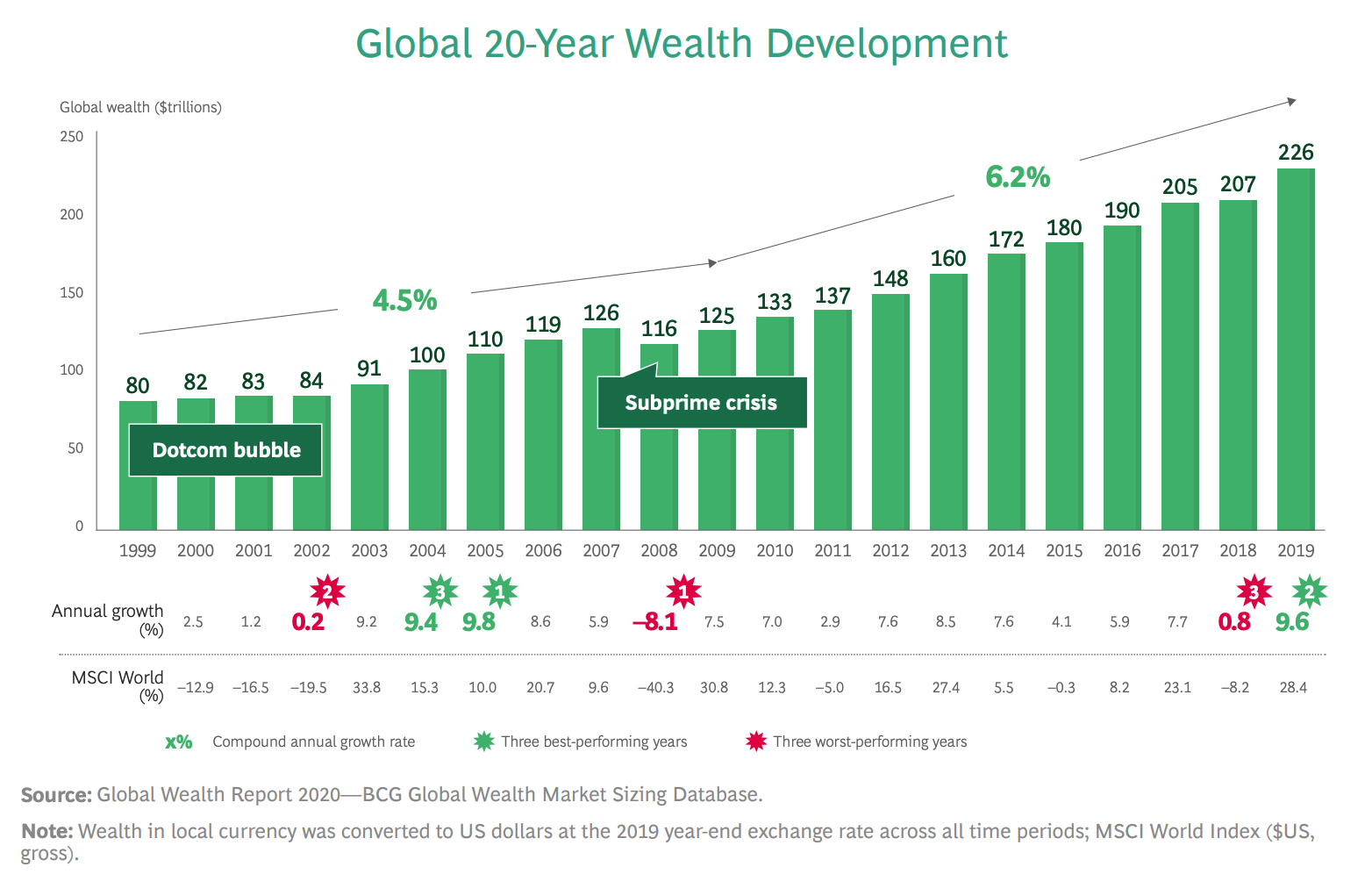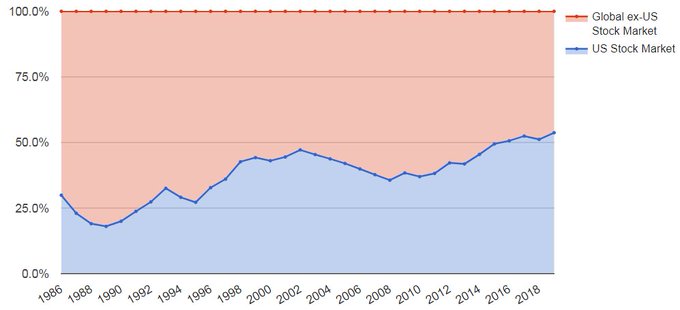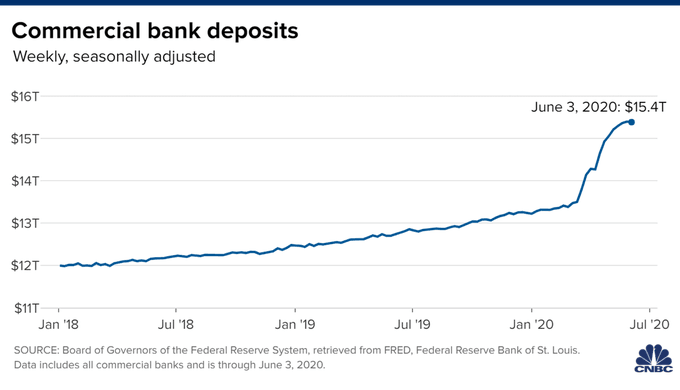i) Have a Plan
Not only for your trades, but for your progression up to bigger trade size – e.g. 10 day moving average Sum of net profits > 500 pips -> “up one level”. Don’t let yourself become complacent, keep pushing for bigger and better things.
ii) Don’t place too much emphasis on any single trade
Well, obviously you should pay it careful attention, but understand and accept that the result of the next trade isn’t important – it’s the aggregate of individual trades over days, weeks, months, and years that is important, where your “edge” will reward you.
iii) Have an understanding of what you think is more likely than the other and why
(Don’t know how revevant this is to mechanical or indicator based traders)
You should be able to exlain the “fundamentals” of your trade to a novice – for example, I aim to follow the footprint of “other timeframe” participants – Hedge Funds, Banks, Mulinational Corporations, etc…, in order that I can build a trade based on their next steps, and hop along for the ride. I can explain my interpretation of this, in words, to anyone that asks (XYZ Candle formation with a rising EMA doesn’t cut it IMO).
iv) Protect your Capital
You are f*cked without it. Implement “watermark” levels of losses that, if breached, cause you to take a break / move down trade size and so on.
v) Don’t create glass ceilings
Fixed profit targets cause you to stop trading when you are at your best. Set loss limits (see iv) above), but when everything is working and you are trading well, keep going!
vi) Know when you are wrong…
… and act fast. Losses are inevitable; be sure you identify the earliest signs of what you thought to be true breaking down.
vii) Don’t get married to a position, or a broker
THEY work for YOU, not vice versa.





